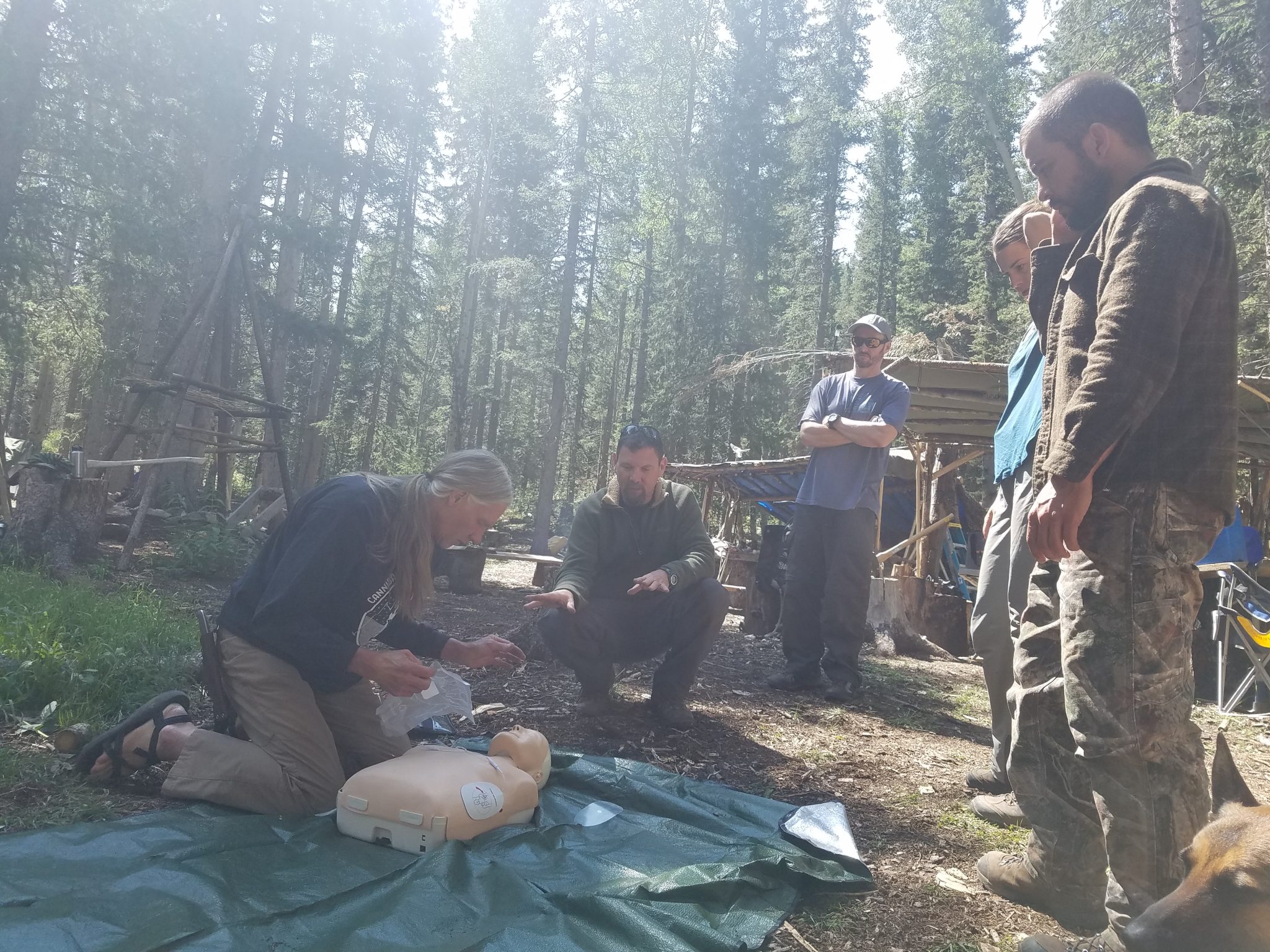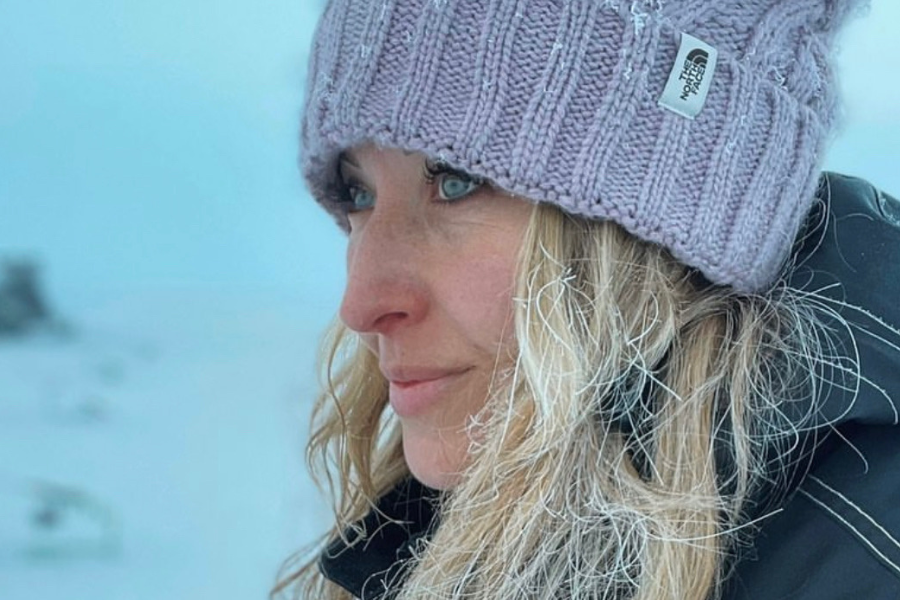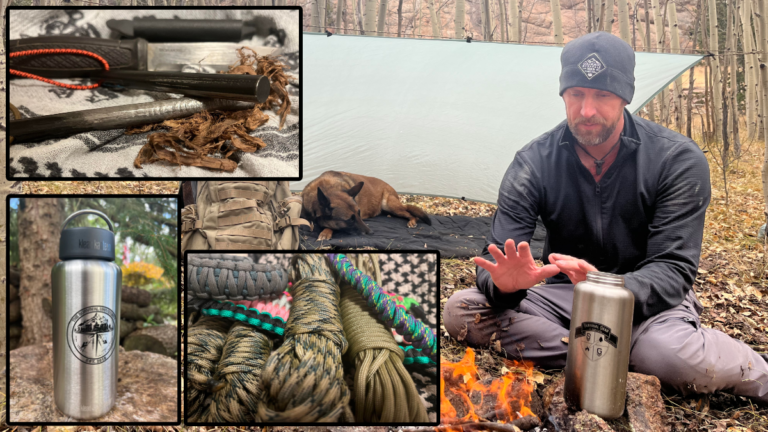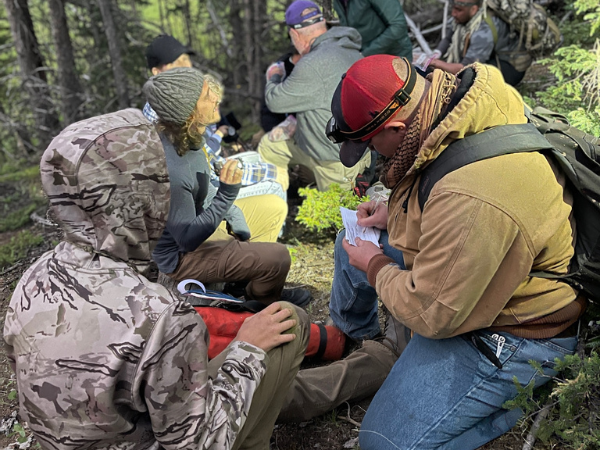4 min read
The Principles of Clothes Layering
Layering your clothing will keep you toasty warm and is the best way to maximize your comfort and is extremely important in Colorado as our weather...

The goal of the Primary Survey is to identify and treat conditions that pose an immediate threat to life.
Approaching the victim using the acronym A B C D E allows the rescuer to address the life-threatening issues in order of importance. Because this portion of the assessment is searching for critical conditions, it is most applicable to patients who have an altered level of consciousness or have a significant injury.
However, this survey should be utilized for every victim whom one treats in the wilderness. In those victims who are alert and appear well, this assessment may be brief. Problems found on the primary survey that are life-threatening should be addressed immediately, before continuing the survey.
As a wilderness first responder, you will often be the first medical professional on the scene of an injury or medical emergency in remote or outdoor settings. In these situations, it is crucial to perform a thorough primary survey, also known as the ABCDE assessment, to quickly assess the patient's condition and determine the appropriate course of action.
The ABCDE assessment is a systematic approach to the evaluation and treatment of patients in medical emergencies. The acronym ABCDE stands for Airway, Breathing, Circulation, Disability, and Exposure. This approach helps to ensure that no important aspect of patient care is overlooked and that the patient receives the appropriate care as quickly as possible.
The first step in the ABCDE assessment is to check the patient's airway. A clear and open airway is crucial for the patient's survival, as it ensures that oxygen can flow into the lungs and carbon dioxide can be removed. To check the airway, look for any obstructions such as blood, vomit, or foreign objects. If the patient is conscious, ask them to speak and observe their breathing. If the airway is obstructed, immediately clear it by removing any visible objects or secretions. If the obstruction is not visible, consider opening the airway with a head-tilt, chin-lift maneuver.
After ensuring the airway is clear, the next step is to assess the patient's breathing. Observe for the rise and fall of the chest and listen for any sounds of breathing. Check for signs of inadequate breathing such as rapid breathing, shallow breaths, or gasping for air. If the patient is not breathing adequately, provide rescue breathing or assist ventilation. If the patient is breathing adequately but has a compromised airway, consider administering oxygen.
Once the airway and breathing are under control, the next step is to assess the patient's circulation. Check for a pulse and observe the color of the patient's skin. If there is no pulse or the skin is pale or blue, initiate CPR immediately. If the patient is bleeding, control the bleeding by applying direct pressure to the wound. Administer fluids or medications as necessary to improve circulation.
After the patient's circulation is stable, assess their level of disability or neurologic function. Ask the patient to move their fingers and toes, and assess their responsiveness. Observe for any signs of confusion or disorientation. If the patient is unresponsive, assess their pupils for size and reactivity, and perform a quick neurological assessment to determine if there are any focal deficits.
Finally, assess the patient for any environmental exposure. Check the patient's body temperature and evaluate for any signs of hypothermia or hyperthermia. If the patient is wet, dry them off and provide warm blankets or clothing. Ensure that the patient is sheltered from the elements and is protected from further harm.
The ABCDE primary survey is an essential part of wilderness first responder medical training. This systematic approach ensures that no aspect of patient care is overlooked, and that the patient receives the appropriate care as quickly as possible. By following the ABCDE assessment, you can quickly and efficiently assess a patient's condition and take the necessary steps to provide life-saving care.

4 min read
Layering your clothing will keep you toasty warm and is the best way to maximize your comfort and is extremely important in Colorado as our weather...

4 min read
Basic Gear to Spend the Night Outdoors A common mistake most adventures make is heading outdoors without the necessary gear should something...

Essential advice for navigating difficult and unexpected situations. With our wilderness survival tips you will learn how to stay safe, healthy, and...